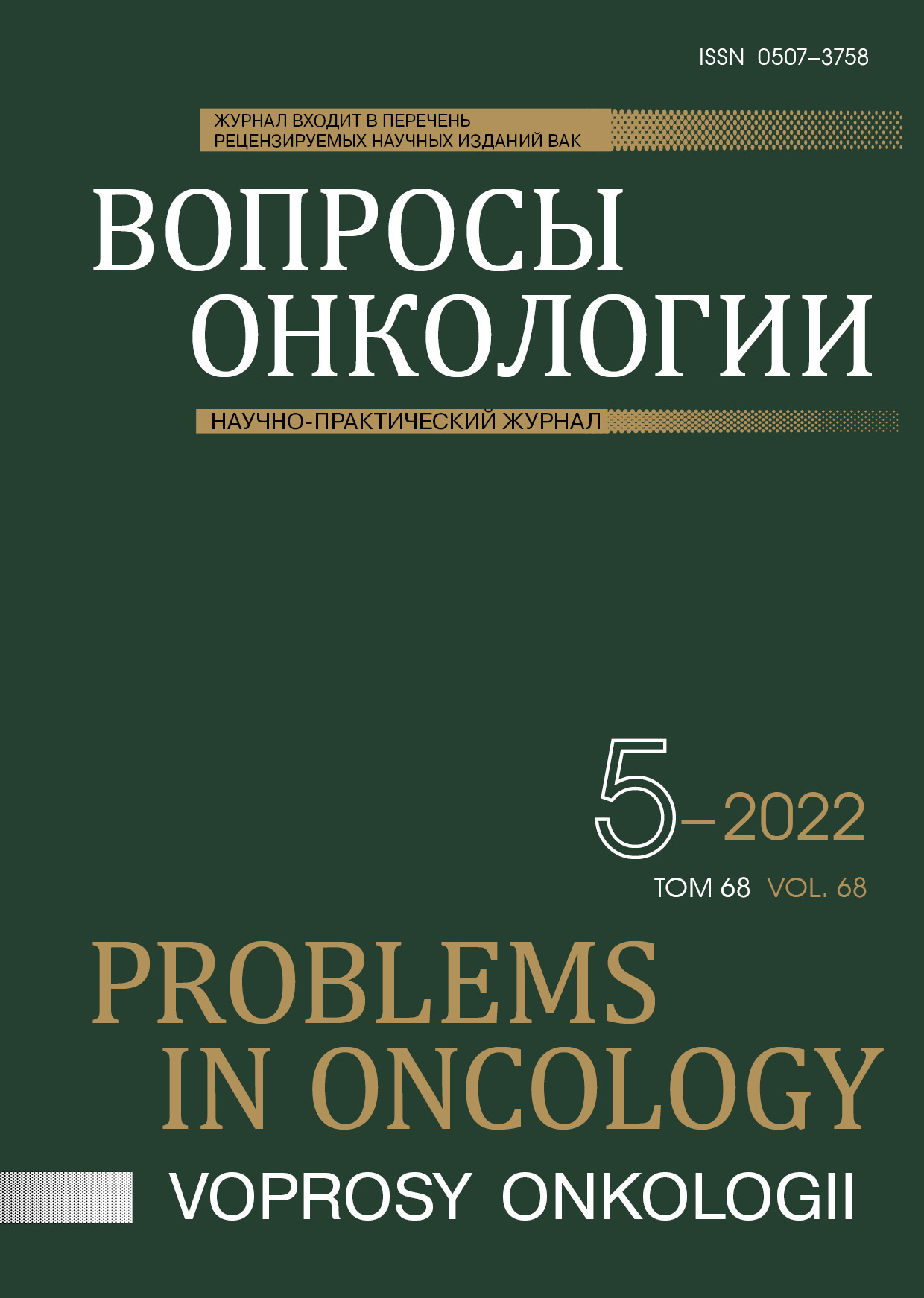Аннотация
В настоящее время, в клинической практике, для лечения онкологических заболеваний все чаще используются мультикиназные ингибиторы. Наряду с явным их терапевтическим преимуществом приходится сталкиваться и с нежелательными реакциями, в том числе кожной токсичностью. При некоторых формах дерматотоксичности, возможно присоединение вторичной инфекции, болевого синдрома, ограничение повседневной активности и снижение качества жизни, что безусловно потребует коррекции лечения и назначения сопроводительной терапии. В этой статье рассматриваются кожные нежелательные явления на фоне применения мультикиназных ингибиторов и варианты их лечения.
Библиографические ссылки
Hu JC, Sadeghi P, Pinter-Brown LC et al. Cutaneous side effects of epidermal growth factor receptor inhibitors: clinical presentation, pathogenesis, and management // J Am Acad Dermatol. 2007;56:317–326.
Amitay-Laish I, David M, Stemmer SM. Staphylococcus coagulase-positive skin inflammation associated with epidermal growth factor receptor-targeted therapy: an early and a late phase of papulopustular eruptions // Oncologist. 2010;15:1002–1008.
Sanmartin O. Skin Manifestations of Targeted Antineoplastic Therapy // Curr. Probl. Dermatol. Basel, Karger. 2018;53:93–104. doi:10.1159/000479198
Osio A, Mateus C, Soria J.C et al. Cutaneous side-effects in patients on long-term treatment with epidermal growth factor receptor inhibitors // Br. J. Dermatol. 2009;161:515–521.
Reguiai Z, Bachet JB, Bachmeyer C et al. Management of cutaneous adverse events induced by anti-EGFR (epidermal growth factor receptor): a French interdisciplinary therapeutic algorithm // Support Care Cancer. 2012;20:1395–1404.
Califano R, Tariq N, Compton S et al. Expert consensus on the management of adverse events from EGFR tyrosine kinase inhibitors in the UK // Drugs 2015;75:1335–1348.
Королева И.А., Болотина Л.В., Гладков О.А. и др. Практические рекомендации по лекарственному лечению дерматологических реакций у пациентов, получающих противоопухолевую лекарственную терапию // Злокачественные опухоли: Практические рекомендации RUSSCO. 2019;9(3s2):628–638 [Koroleva IA, Bolotina LV, Gladkov OA et al. Practical recommendations for drug treatment of dermatological reactions in patients receiving anticancer drug therapy // Malignant Tumors: Practical Guidelines RUSSCO. 2019;9(3s2):628–638 (In Russ.)].
Macdonald JB, Macdonald B, Golitz LE et al. Cutaneous adverse effects of targeted therapies: part I: inhibitors of the cellular membrane // J. Am. Acad. Dermatol. 2015;72:203–218:219–220.
Lenz HJ. Anti-EGFR mechanism of action: antitumor effect and underlying cause of adverse events // Oncology (Williston Park). 2006;20(5 suppl. 2):5–13.
Shi VJ, Levy LL, Choi JN. Cutaneous manifestations of nontargeted and targeted chemotherapies // Semin. Oncol. 2016;43:419–425.
Chanprapaph K, Rutnin S, Vachiramon V. Multikinase inhibitor-induced handfoot skin reaction: a review of clinical presentation, pathogenesis, and management // Am. J. Clin. Dermatol. 2016;17:387–402.
Lee WJ, Lee JL, Chang SE et al. Cutaneous adverse effects in patients treated with the multitargeted kinase inhibitors sorafenib and sunitinib // Br J Dermatol. 2009;161:1045–1051.
Севрюков Ф. С., Бородавина Е. В., Исаев П. А. и др. Нежелательные кожные реакции на применение мультикиназных ингибиторов в лечении рака щитовидной железы. Опухоли головы и шеи 2020;10(4):44–9 [Sevryukov F. S., Borodavina E. V., Isaev P. A. et al. Side skin reactions of multikinase inhibitors in treatment of thyroid cancer. Opukholi golovy i shei = Head and Neck Tumors 2020;10(4):44–9 (In Russ.)]. DOI: 10.17650/2222-1468-2020-10-4-44-49.
Снеговой А.В., Болотина Л.В., Горбунова В.А. и др. Практические рекомендации по коррекции дерматологических реакций у пациентов, получающих терапию EGFR // Злокачественные опухоли: Практические рекомендации. 2016:433. doi:10.18027/2224-5057-2016-4s2-428-433 [Snegovoi AV, Bolotina LV, Gorbunova VA et al. Practical recommendations for correction of dermatological reactions in patients receiving EGRF therapy // Practical Guidelines. 2016:433(In Russ.)]. doi:10.18027/2224-5057-2016-4s2-428-433
Guerra JR, Suelves AM, Bella A, Lolo D. Hand, foot and scrotal blisters in a patient with cancer receiving oral chemotherapy // BMJ Case Rep. 2014;2014:pii:bcr2013202822.
Hu JC, Sadeghi P, Pinter-Brown LC et al. Cutaneous side effects of epidermal growth factor receptor inhibitors: clinical presentation, pathogenesis, and management // J Am Acad Dermatol. 2007;56:317–326.
Reyes-Habito CM, Roh EK. Cutaneous reactions to chemotherapeutic drugs and targeted therapy for cancer: part II. Targeted therapy // J. Am. Acad. Dermatol. 2014;71:217.e1–e217.e11;quiz 227–228.
Hsiao YW, Lin YC, Hui RC, Yang CH. Fulminant acneiform eruptions after administration of dovitinib in a patient with renal cell carcinoma // J Clin Oncol. 2011;29:e340–e341.
Sanmartin O. Skin Manifestations of Targeted Antineoplastic Therapy. Curr. Probl. Derma Reyes-Habito CM, Roh EK. Cutaneous reactions to chemotherapeutic drugs and targeted therapy for cancer: part II. Targeted therapy // J. Am. Acad. Dermatol. 2014;71:217.e1–e217.e11;quiz 227–228.

Это произведение доступно по лицензии Creative Commons «Attribution-NonCommercial-NoDerivatives» («Атрибуция — Некоммерческое использование — Без производных произведений») 4.0 Всемирная.
© АННМО «Вопросы онкологии», Copyright (c) 2022
